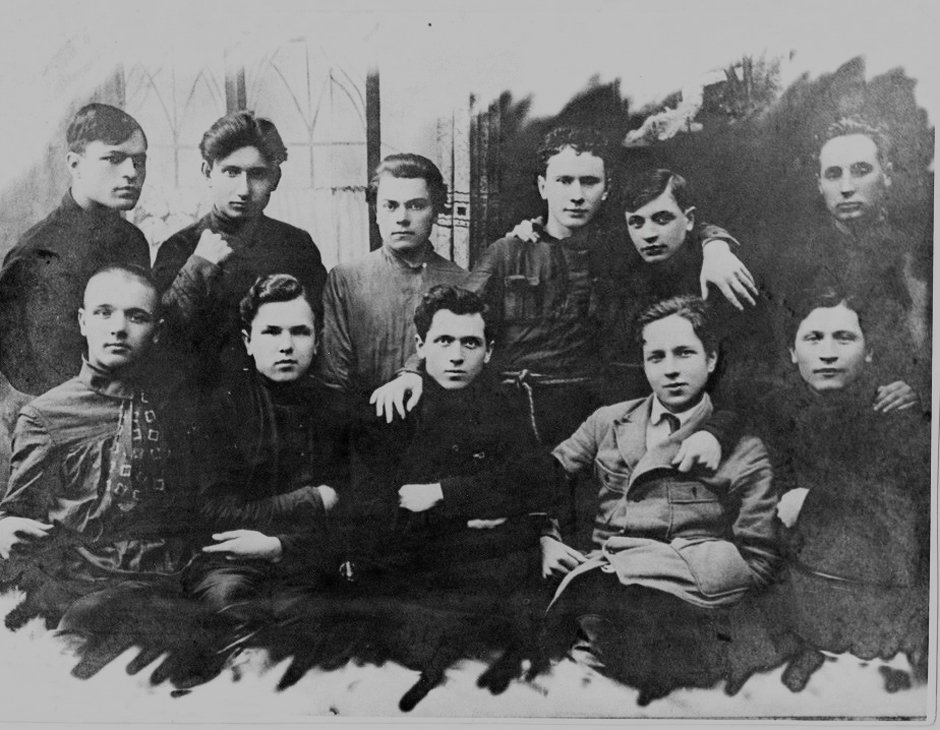Sviatlana Tsikhanouskaya’s Advisor on Education and Science, Pavel Tereshkovich, recalls a horrific event in Belarusian history – the Night of Executed Poets – and describes how the terror of that time inflicted terrible damage on Belarusian culture and education:
“On the night of October 29–30, 1937, by an order personally signed by Joseph Stalin, 102 representatives of the elite of Belarusian society were killed. Among them were at least 20 writers. That is why this date became known as the Night of Executed Poets. But it was not only writers who were shot. On that same dreadful night, three BSU rectors, an academician and two corresponding members of the Academy of Sciences, two ministers of public education, and thirteen lecturers and researchers were executed.
That was not an isolated event. It was part of a campaign of total terror – the annihilation of the intellectual elite. During the 1930s, 30 academicians and corresponding members of the Academy of Sciences of the BSSR were repressed. Of 134 postgraduate students at the Academy of Sciences enrolled in 1934, only six remained at liberty by 1938.
Those targeted by the terror were not only Belarusians – Jews, Lithuanians, and Latvians also suffered repression. The Lithuanian History and Culture Center at the Academy of Sciences was destroyed – all its staff, including two academicians, ended up in the Gulag or in exile.
The Belarusian language also suffered from repression. The 1933 reform aimed at maximum unification with Russian, distorting traditional pronunciation and eliminating large layers of historical vocabulary.
According to the notorious Order No. 33, thousands of books and manuscripts were subject to confiscation and destruction. In August 1937, they were burned in the inner yard of the Minsk NKVD prison of the BSSR.
In the 1930s, almost all religious buildings in the BSSR were closed, and the architectural ensembles of ancient monasteries in Vitsebsk, Orsha, and Polatsk were destroyed. In Mahiliou, nine monuments of sacred architecture were blown up in a single night. Museum collections suffered heavily from numerous ideological decrees; museums and their staff were repressed.
Raphael Lemkin, who was born in Belarus and drafted the UN Convention on the Prevention and Punishment of the Crime of Genocide, wrote that genocide does not necessarily mean only total physical extermination. The aim of genocide is the destruction of a social group, a people, or a nation as a community. “More often, genocide refers to a coordinated plan aimed at the destruction of the essential foundations of the life of national groups so that these groups wither and die like plants that have suffered a blight.” That was cultural genocide, carried out through the defilement and destruction of cultural symbols (books, works of art, religious relics, etc.), as well as the destruction of cultural leadership and cultural centers (cities, churches, monasteries, schools, libraries).
Is there any point in compiling a list of crimes committed in Belarus in the 1930s to determine whether they constitute cultural genocide? The answer seems obvious”.








